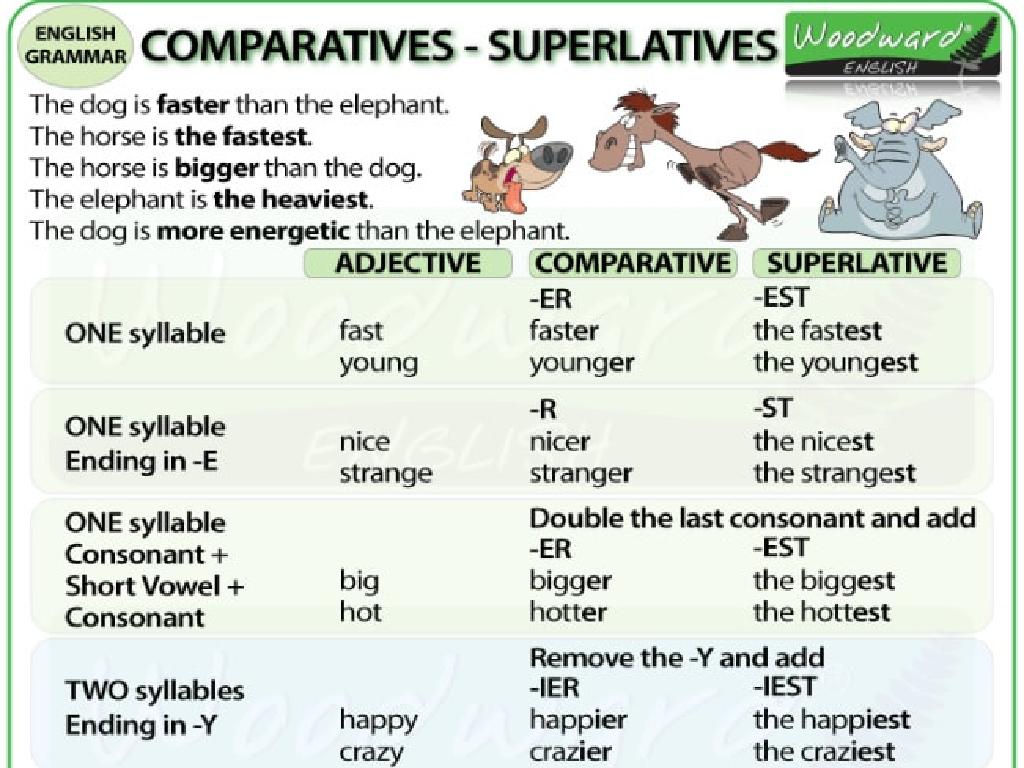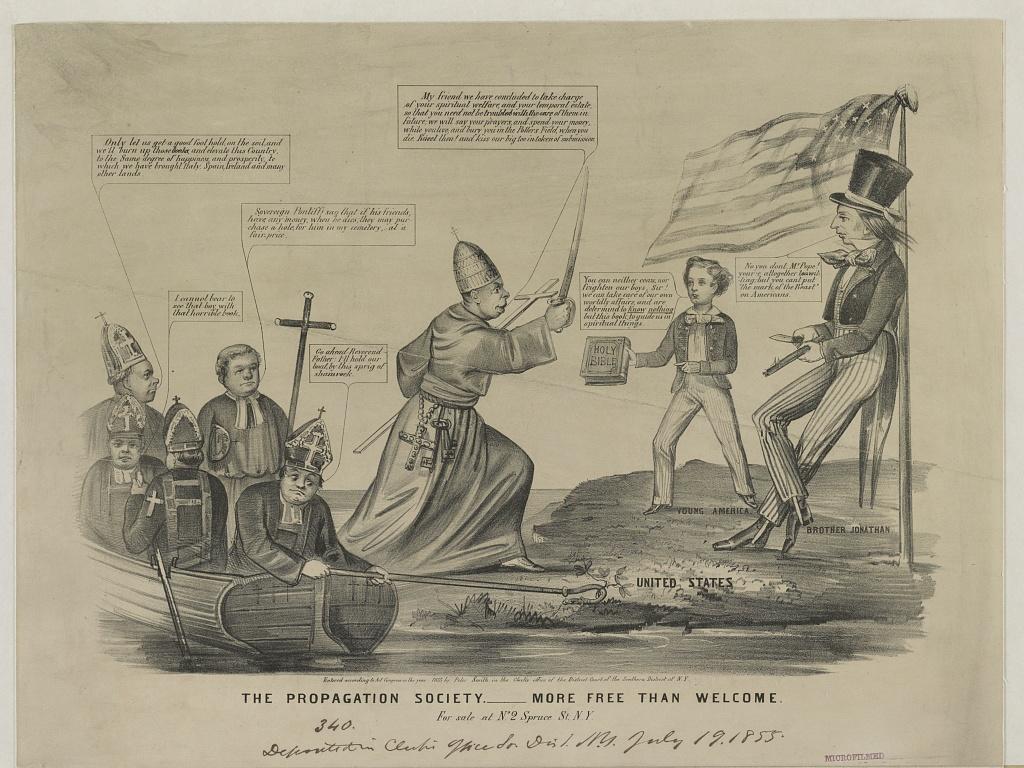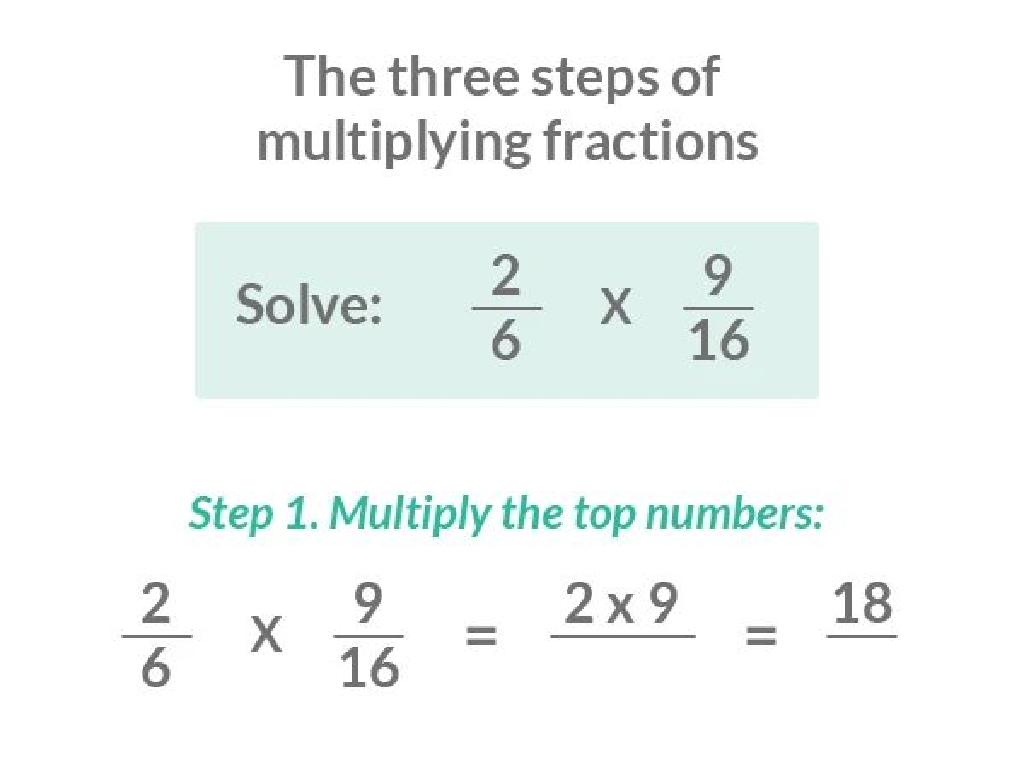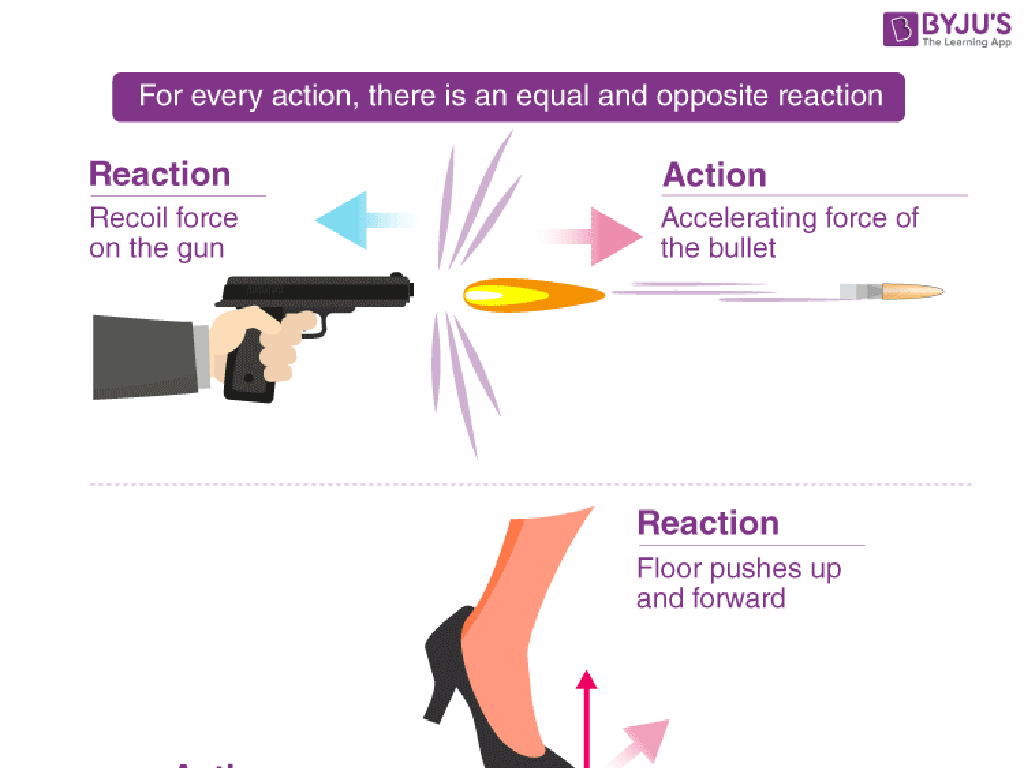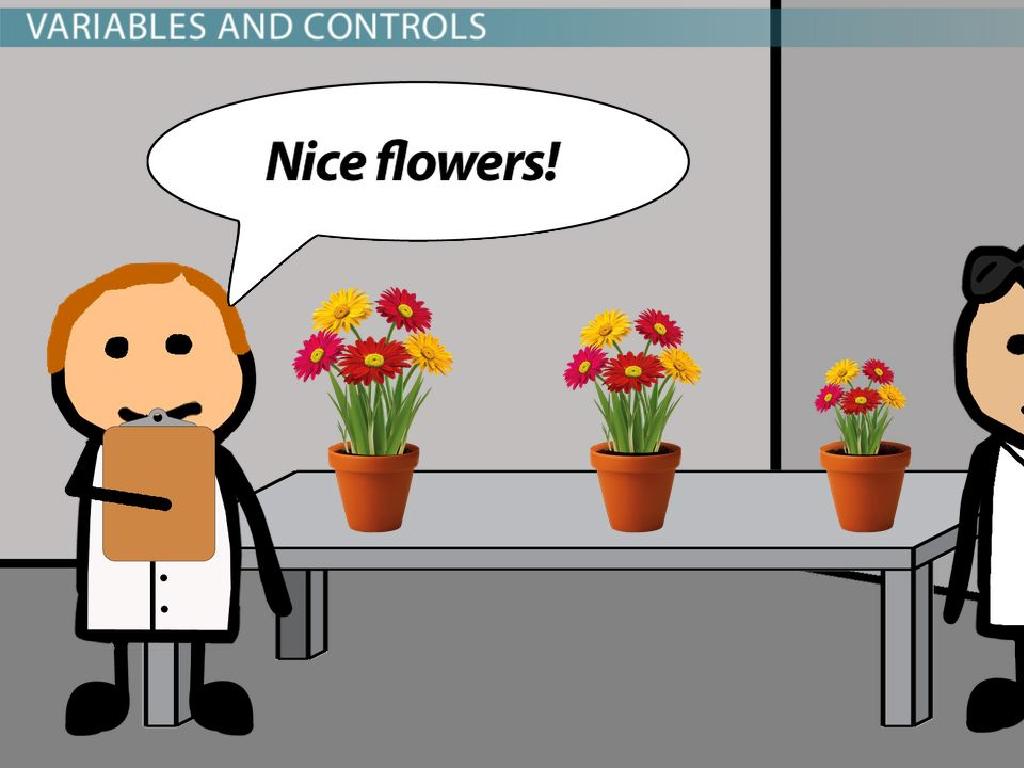Surface Area Of Cubes And Rectangular Prisms
Subject: Math
Grade: Sixth grade
Topic: Surface Area And Volume
Please LOG IN to download the presentation. Access is available to registered users only.
View More Content
Welcome to Surface Area!
– What is Surface Area?
– The total area of all faces of a 3D shape
– Surface Area in Daily Life
– Used in packaging, construction, and design
– Focusing on Cubes & Prisms
– Learn to find surface area for these shapes
– Calculating Surface Area
|
This slide introduces the concept of surface area and its relevance to everyday life. Begin by explaining that surface area is the sum of the areas of all the faces of a three-dimensional object. Highlight how surface area is used in various real-world applications such as determining the amount of material needed for packaging or the paint required for a building. Today’s lesson will focus on understanding how to calculate the surface area of cubes and rectangular prisms, which are fundamental shapes in geometry. Provide students with the formulas for surface area of these shapes and explain that they will practice applying these formulas through examples and exercises in class.
Exploring Surface Area
– Definition of Surface Area
– The total area of all faces and sides of a 3D object
– Surface Area vs. Volume
– Surface area is the exterior, volume is the space inside
– Units of Surface Area
– Measured in square units, e.g., cm², m²
– Calculating Surface Area
– Use formulas to find the surface area of shapes
|
This slide introduces the concept of surface area and distinguishes it from volume, which is a separate but related concept in geometry. Surface area is the sum of the areas of all the shapes that cover the surface of an object. It’s important for students to understand that while surface area measures the covering of an object, volume measures the space within it. Emphasize that surface area is always expressed in square units, which is a key concept in understanding how to calculate it. Provide examples of calculating surface area for different shapes, such as cubes and rectangular prisms, using their respective formulas. Encourage students to visualize by drawing the nets of these 3D shapes.
Exploring the Cube: Surface Area
– Properties of a cube
– A cube has 6 equal sides, 12 equal edges, and 8 vertices
– Faces, edges, and vertices
– Each cube has 6 faces, 12 edges, and 8 vertices to identify
– Surface area formula
– To find surface area, use 6 x (side length)^2
– Practice with examples
– Calculate surface area for a cube with side of 3cm
|
This slide introduces students to the basic properties of a cube and how to calculate its surface area. Emphasize that a cube is a special type of rectangular prism where all faces are squares. Ensure students can identify the faces (flat surfaces), edges (where two faces meet), and vertices (corners). The formula for surface area is derived from the fact that a cube has six identical square faces. Provide examples with different side lengths and encourage students to practice calculating surface area, reinforcing their multiplication and exponentiation skills. This foundational knowledge will be crucial for understanding more complex 3D shapes.
Surface Area of a Cube
– Calculate cube’s surface area
– Surface area = 6 * side^2, where side is the length of a cube’s edge
– Work through a practice problem
– Let’s solve a problem together to understand the process
– Review a solved example
– Example: Find the surface area of a cube with 4cm edges
– Discuss common calculation errors
– Avoid errors like mixing up different shape formulas or incorrect squaring
|
This slide introduces students to the concept of surface area for cubes. Start by explaining the formula for calculating the surface area of a cube, which is 6 times the square of the length of one side. Walk through a practice problem as a class to demonstrate the application of the formula. Provide a solved example with a common edge length, such as 4cm, to solidify understanding. Highlight common mistakes, such as confusing the formula with that of other shapes or incorrect arithmetic, and how to avoid them. For homework, assign several cubes with different edge lengths for students to calculate the surface area. In the next class, review the homework and address any misconceptions.
Exploring Rectangular Prisms
– Properties of prisms
– A solid with 6 faces, all rectangles
– Faces, edges, and vertices
– 6 flat faces, 12 straight edges, 8 corners
– Surface area formula
– Use 2lw + 2lh + 2wh to calculate
– Practice with examples
– Calculate area for different prisms
|
This slide introduces students to the fundamental properties of rectangular prisms, including their faces, edges, and vertices. It’s crucial to ensure students can identify and count each on a model. The formula for surface area, 2lw + 2lh + 2wh, where l is length, w is width, and h is height, is the focus for calculating the total area of all the faces. Provide clear examples using actual measurements to demonstrate how to apply the formula. Encourage students to practice with various examples to solidify their understanding. In the next class, students can bring in objects shaped like rectangular prisms to discuss and calculate their surface areas.
Surface Area of Rectangular Prisms
– Example: Surface area calculation
– Surface area = 2lw + 2lh + 2wh, where l=length, w=width, h=height
– Practice problem walkthrough
– Let’s solve a problem together to understand the steps
– Memorization tips for the formula
– Use acronyms or relate to real-life objects to remember
– Understanding surface area concept
|
Begin with an example problem to calculate the surface area of a rectangular prism, demonstrating each step clearly. Move on to a practice problem, guiding students through the solution process. Offer tips for remembering the formula, such as creating an acronym (e.g., ‘LWH’ for length, width, height) or associating it with a familiar object like a shoebox. Emphasize the concept of surface area as the total area of all the faces of the prism. Encourage students to visualize unfolding a 3D object to see its 2D shapes. Provide additional practice problems for homework to reinforce the lesson.
Let’s Practice Together: Surface Area
– Group activity: Measure & calculate
– In groups, measure the sides of 3D objects and calculate surface area.
– Individual practice: Worksheet
– Solve surface area problems on the worksheet independently.
– Review answers collectively
– Discuss solutions and clarify doubts as a class.
– Understanding through practice
|
This slide is designed to facilitate active learning through a combination of group and individual activities. Begin with a hands-on group activity where students measure the dimensions of cubes and rectangular prisms and then calculate the surface area. Provide objects or 3D models for them to measure. After the group activity, students will work individually on a worksheet filled with problems on calculating the surface area of different cubes and prisms. This will help reinforce their understanding and allow them to apply the concepts they’ve learned. Conclude the session by reviewing the answers as a class, which will provide an opportunity for students to correct any misunderstandings and for teachers to offer further explanations. The goal is to ensure that students have a solid grasp of how to find the surface area of these shapes and understand its practical applications.
Real-World Applications of Surface Area
– Surface area in packaging design
– Calculating the amount of material needed for boxes.
– Architecture: Surface area usage
– Designing buildings with specific exterior measurements.
– Construction projects & surface area
– Estimating materials for structures, like bricks for walls.
– Discuss everyday surface area examples
|
This slide aims to show students how the concept of surface area is applied in real-world scenarios. For packaging, surface area helps determine the amount of wrapping material needed. In architecture, it’s crucial for designing the exterior of buildings, considering both aesthetics and material costs. Construction uses surface area calculations to estimate the number of materials, like bricks or paint, required for a project. Encourage students to think of other areas where surface area is relevant in their daily lives, such as in art, home decoration, or even in technology, like the design of smartphones. This discussion can help them appreciate the practical importance of what they learn in math class.
Class Activity: Create Your Own 3D Shapes!
– Gather materials: cardstock, scissors, ruler, glue
– Follow instructions to construct a cube
– Use the ruler to measure and cut 6 equal squares
– Build a rectangular prism with the materials
– Measure and cut 4 rectangles and 2 squares
– Calculate the surface area of each model
– Apply formulas: 6a^2 for cube, 2lw + 2lh + 2wh for prism
|
This hands-on activity is designed to help students understand the concept of surface area in a tangible way. Provide cardstock, scissors, rulers, and glue for students to construct their own cube and rectangular prism. Once the shapes are built, guide them through the process of calculating the surface area by measuring the sides and applying the appropriate formulas. For the cube, they will use the formula 6a^2, where ‘a’ is the length of a side. For the rectangular prism, they will use the formula 2lw + 2lh + 2wh, where ‘l’ is the length, ‘w’ is the width, and ‘h’ is the height. Encourage students to work in pairs or small groups to foster collaboration. As an extension, students can compare the surface areas of different shapes and discuss how changing dimensions affects the surface area.
Wrapping Up: Surface Area
– Recap surface area concepts
– Homework: Calculate 3 objects’ surface area
– Measure length, width, height of objects like a cereal box, a book, and a shoebox
– Reminder: Practice is key!
– Bring questions next class
– Any difficulties? Write them down!
|
As we conclude today’s lesson on the surface area of cubes and rectangular prisms, remind students of the key concepts and formulas. For homework, they should find three household objects resembling cubes or rectangular prisms, such as a cereal box, a book, and a shoebox, and calculate their surface area using the formulas learned. Emphasize the importance of practice in mastering these concepts and encourage them to bring any questions or difficulties they encounter to the next class for discussion. This will help reinforce their understanding and provide an opportunity for addressing any misconceptions.

